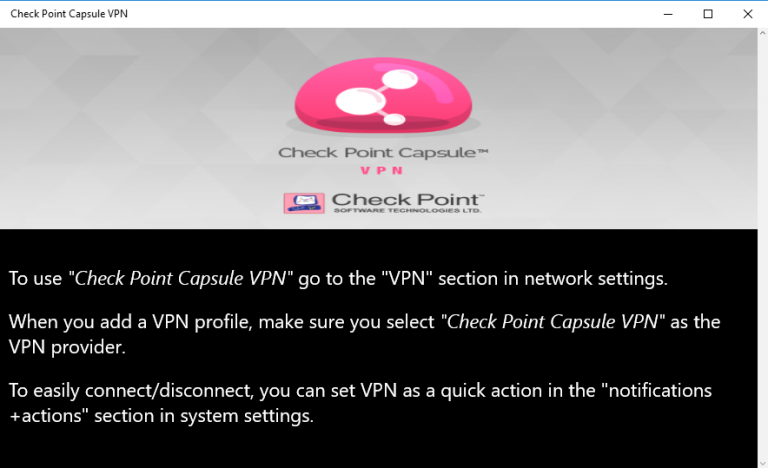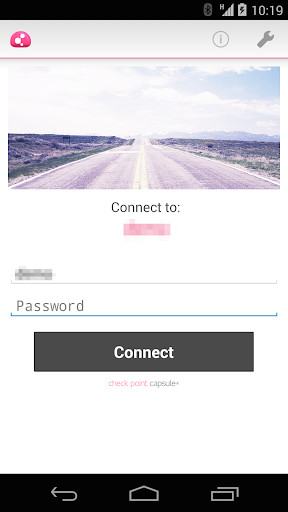
When you add additional devices you may decide to install the app manually. However, you can assign multiple devices to the same account (which is great from a licensing perspective). So why am I writing about this? Well first off if you sign up for Check Point’s Capsule trial, they will send you an email with the correct link to the respective app. Luckily the solution is fairly simple (once you know the issue): don’t use Capsule VPN (that is for connecting to your enterprise VPN), use Capsule Connect for Android. You will get an error that looks like this. What will end up happening is that when you scan the QR code or use the registration key for Capsule Cloud, you will not be able to finish the registration process. Unfortunately nothing in the app description warns you of this. Capsule VPN will NOT work with Capsule Cloud (even though it is a VPN client). As a matter of fact if I search for “Check Point Capsule” in Google Play, it will offer up Capsule VPN as the best hit. There are actually two clients listed on Google Play: Capsule VPN and Capsule Connect. However, it is a little different with Android devices. My iOS devices use “ Capsule Connect” whether I am connecting to a customer’s site, or up to Check Point’s Cloud. The iOS-based devices (iPhone and iPad) that I have use a single app for VPN and VPN to Check Point’s Capsule Cloud. There is a slight difference between the approach for the iOS and Android devices.


The client apps create a VPN tunnel to your gateway in Check Point’s Capsule Cloud. I am pretty impressed with what I have seen so far. I’ve been testing Check Point’s new Capsule a lot lately.


 0 kommentar(er)
0 kommentar(er)
